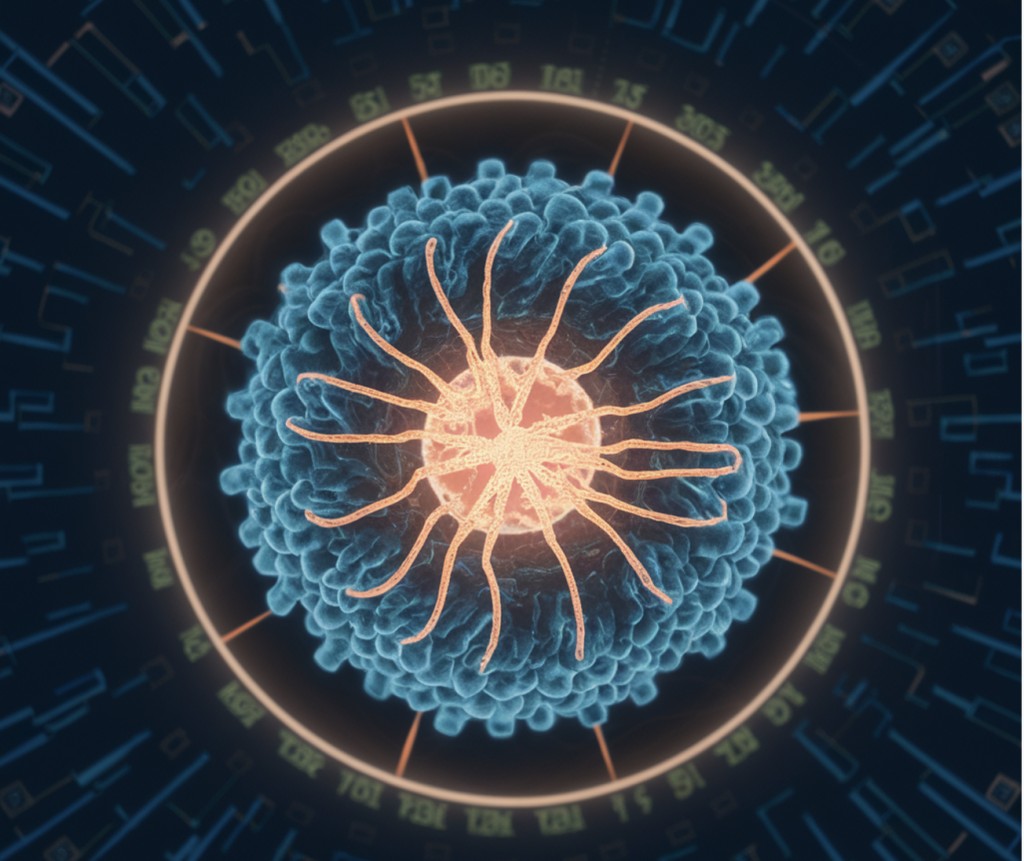Modern bioprocess development, driven by advanced analytical techniques, digitalization, and automation, generates extensive experimental data valuable for process optimization—ML methods to analyze these large datasets, enabling efficient exploration of design spaces in bioprocessing. Specifically, ML techniques have been applied in strain engineering, bioprocess optimization, scale-up, and real-time monitoring and control. Conventional sensors in chemical and bioprocessing measure basic variables like pressure, temperature, and pH. However, measuring the concentration of other chemical species typically requires slower, invasive at-line or off-line methods. By leveraging the interaction of monochromatic light with molecules, Raman spectroscopy allows for real-time sensing and differentiation of chemical species through their unique spectral profiles.
Applying ML and DL methods to process Raman spectral data holds great potential for enhancing the prediction accuracy and robustness of analyte concentrations in complex mixtures. Preprocessing Raman spectra and employing advanced regression models have outperformed traditional methods, particularly in managing high-dimensional data with overlapping spectral contributions. Challenges such as the curse of dimensionality and limited training data are addressed through methods like synthetic data augmentation and feature importance analysis. Additionally, integrating predictions from multiple models and using low-dimensional representations through techniques like Variational Autoencoders can further improve the robustness and accuracy of regression models. This approach, tested across diverse datasets and target variables, demonstrates significant advancements in the monitoring and controlling bioprocesses.
Application of Machine Learning in Bioprocess Development:
ML has profoundly impacted bioprocess development, particularly in strain selection and engineering stages. ML leverages large, complex datasets to optimize biocatalyst design and metabolic pathway predictions, enhancing productivity and efficiency. Ensemble learning and neural networks integrate genomic data with bioprocess parameters, enabling predictive modeling and strain improvement. Challenges include extrapolation limitations and the need for diverse datasets for non-model organisms. ML tools such as the Automated Recommendation Tool for Synthetic Biology aid in iterative design cycles, advancing synthetic biology applications. Overall, ML offers versatile tools crucial for accelerating bioprocess development and innovation.
Bioprocess Optimization Using Machine Learning:
ML is pivotal in optimizing bioprocesses, focusing on enhancing titers, rates, and yields (TRY) through precise control of physicochemical parameters. ML techniques like support vector machine (SVM) regression and Gaussian process (GP) regression predict optimal conditions for enzymatic activities and media composition. Applications span from optimizing fermentation parameters for various products to predicting light distribution in algae cultivation. ML models, including artificial neural networks (ANNs), are employed for complex data analysis from microscopy images, aiding in microfluidic-based high-throughput bioprocess development. Challenges include scaling ML models from lab to industrial production and addressing variability and complexity inherent on larger scales.
ML in Process Analytical Technology (PAT) for Bioprocess Monitoring and Control:
In bioprocess development for commercial production, Process Analytical Technology (PAT) ensures compliance with regulatory standards like those set by the FDA and EMA. ML techniques are pivotal in PAT for monitoring critical process parameters (CPPs) and maintaining biopharmaceutical products’ critical quality attributes (CQAs). Using ML models such as ANNs and support vector machines (SVMs), soft sensors enable real-time prediction of process variables where direct measurement is challenging. These models, integrated into digital twins, facilitate predictive process behavior analysis and optimization. Challenges include data transferability and adaptation to new plant conditions, driving research towards enhanced transfer learning techniques in bioprocessing applications.
Enhancing Raman Spectroscopy in Bioprocessing through Machine Learning:
Traditional online sensors are limited to basic variables like pressure, temperature, and pH in bioprocessing and chemical processing while measuring other chemical species often requires slower, invasive methods. Raman spectroscopy offers real-time sensing capabilities using monochromatic light to distinguish molecules based on their unique spectral profiles. ML and DL methods enhance Raman spectroscopy by modeling relationships between spectral profiles and analyte concentrations. Techniques include preprocessing of spectra, feature selection, and augmentation of training data to improve prediction accuracy and robustness for monitoring multiple variables crucial in bioprocess control. Successful applications include predicting concentrations of biomolecules like glucose, lactate, and product titers in real time.
Conclusion:
ML is increasingly integral in bioprocess development, evolving from individual tools to comprehensive frameworks covering entire process pipelines. Embracing open-source methodologies and databases is crucial for rapid advancement, fostering collaboration and data accessibility. ML facilitates the exploration of vast unanalyzed datasets, promising new strategies in bioprocess development. Transfer learning and ensemble methods address challenges like overfitting, underfitting, and data scarcity. As ML methods like deep learning and reinforcement learning continue to advance with computational capabilities, they offer transformative potential for optimizing bioprocesses and shaping a data-driven future in biotechnology.
Sources:
https://arxiv.org/pdf/2210.02200
https://arxiv.org/pdf/2005.02935
The post Harnessing Machine Learning for Advanced Bioprocess Development: From Data-Driven Optimization to Real-Time Monitoring appeared first on MarkTechPost.
Source: Read MoreÂ

